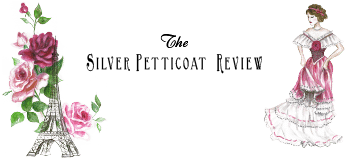Modern Romanticism 101 – A Guide

Here, we introduce Modern Romanticism in storytelling – a new movement created for the contemporary world. We aim to rekindle the love and passion for imaginative Romanticism in today’s narratives.
A BRIEF SUMMARY OF MODERN ROMANTICISM (FOR THOSE WHO WANT TO SKIP THE FULL GUIDE)
Further down, we have a detailed guide to what Modern Romanticism is, but if you’re looking for a shorter explanation, we have a quick summary right here.
In Modern Romanticism, you’ll find stories of the imagination: fantasy, the supernatural or fantastic, gothic romance, fairy tales, folklore, spirituality, and more. Modern Romanticism also encompasses romanticized period dramas, stories with a love of nature and the stars, passionate tales, and stories strongly emphasizing individuality, nostalgia, idealism, emotions, elevated language, or freedom.
Stories of Romanticism are not necessarily romantic with love stories attached but refer to the style of Romanticism in modern times.
In short, Modern Romanticism is a movement that emphasizes stories from 1900 to the present day influenced by Medieval Romanticism and the Romantic Era of the 18th and 19th centuries.
In short, Modern Romanticism is a movement that emphasizes stories from 1900 to the present day influenced by Medieval Romanticism and the Romantic Era of the 18th and 19th centuries.
THE FULL MODERN ROMANTICISM 101 GUIDE STARTS HERE
Below, we include a detailed checklist and guide for Modern Romanticism in entertainment. As well as a checklist of what Modern Romanticism isn’t. Beyond that, we have some examples to get you started in Modern Romanticism.
WHAT IS ROMANTICISM, MEDIEVAL ROMANTICISM, & MODERN ROMANTICISM?
Before moving on to the checklist, we first need to define what Romanticism is and Medieval Romanticism is! As well as the difference between Romantic and romantic.
ROMANTICISM
Romantic, with a capital R, means something very different from romantic or romance. Romantic with a capital R refers to the Romantic Period – better known as Romanticism (which also differs from romanticism).
Still, you may be scratching your head. What could be the difference between Romanticism and romanticism? And what is the difference between Romantic and romantic?
Let’s explore.
According to the English Oxford Dictionary:
romanticism: The state or quality of being romantic.
Romanticism: A movement in the arts and literature which originated in the late 18th century, emphasizing inspiration, subjectivity, and the primacy of the individual.
Now, let’s look at romantic vs. Romantic. According to the English Oxford Dictionary:
romantic:
1.1 (of a person) readily demonstrating feelings of love.
‘he’s very handsome, and so romantic’
1.2 Relating to love or to sexual relationships.
‘romantic fiction’
2 Of, characterized by, or suggestive of an idealized view of reality.
‘a romantic attitude toward the past’
Romantic: Relating to or denoting the artistic and literary movement of Romanticism.
‘the Romantic tradition’
When we mention Romantic or Romanticism, we refer to the movement and the Romantics, not romance (as in stories only about romance, kisses, and flowers, or only including romantic qualities).
However, Romanticism as a movement can be broad! So, the list below only includes some characteristics – but it gives a good overview. You can read about the historical movement in more detail HERE.
I’ve included a few distinct traits of Romanticism that also pertain (in part) to our definition of Modern Romanticism:
- Emphasis on emotion, feelings, and intuition
- It is about passion – intense personal expression (artists expressing their beliefs)
- Sublimity
- Focus on individualism (IE, Jane Eyre) or non-conformity.
- Love of nature, beauty, travel, adventure, and the stars.
- Appreciation for Childhood
- Interest in the Common Man/equality/personal freedom (For example, Transcendentalism).
- Importance of imagination and creativity: elevates imagination above gritty realism.
- The glorification of the past/interest in the past/may include the idealization of rural life
- Nostalgia
- Optimism and idealism – focused more on innate goodness.
- Writing may be mystical or include elements of the Divine. Spirituality (IE, Emerson, Thoreau)
- A story of Romanticism may include the fantastical or supernatural elements (Frankenstein)
- Writing might have mythological elements or show interest/influence from folklore or fairy tales.
- Potentiality/Free Will/About the characters and their ability to choose (and the consequences that come)
WHAT IS MEDIEVAL ROMANTICISM?
The Middle Ages influenced the Romantic Age of the 18th and 19th centuries. In the Cambridge Companion to Medievalism, Clare A. Simmons writes:
“The term ‘Romantic Era’ suggests an age influenced by the larger-than-life world of medieval romance, stories of great adventures, supernatural intervention, and powerful emotions. Before 1820, European writers had begun to use the word ‘romantic’ to describe something prompting an emotional response similar to romance.”
There is no better way of describing it! Medieval Romanticism or Romantic Medievalism are the elements from the Middle Ages that influenced the Romantic Era.
What, then, is the difference between (Classic) Romanticism and Modern Romanticism?
Romanticism Example 1:
Grimm’s Fairy Tales
Modern Romanticism Example 1:
Cinderella (2015) – A Disney live-action retelling of the fairy tale.
Romanticism Example 2:
Jane Eyre by Charlotte Bronte
Modern Romanticism Examples 2-4:
Twilight by Stephenie Meyer
Doctor Who TV Series
Jane Eyre (2006) – TV adaptation
The difference is that Modern Romanticism is not “technically” part of the movement from the past and is stories from 1900 to the present day influenced by the historical movement.
What, then, is Modern Romanticism as defined by The Silver Petticoat Review?
While we don’t necessarily follow the Romantic movement to exactness, as again, it’s broad, much of what we cover is steeped in or influenced by the imaginative, fantastical/supernatural, individualistic, nostalgic, poetic elements of Romanticism.
The definition: Modern Romanticism is a movement that emphasizes stories from 1900 to the present day influenced by Medieval Romanticism and the Romantic Era (the artistic and literary movement) of the 18th and 19th centuries.
That’s our definition, and we’re running with it! Any stories published (or filmed) from 1900 to the present day with a heavy Romantic influence would be considered Modern Romanticism.
On the other hand, we categorize all stories from the actual Romantic Era up to 1899 as Romanticism. We also categorize stories from the pre-Romantic Period that influenced the 19th-century movement as Romanticism. IE: Medieval Romanticism, Shakespeare, the early Gothic novel, fairy tales, folklore, etc.
To summarize, Modern Romanticism includes stories influenced by the movement from 1900 to the present. In contrast, Romanticism encompasses stories from the pre-Romantic Era through the actual historical movement, all the way to 1899.
And here at The Silver Petticoat Review, we discuss old-fashioned romance (lowercase ‘r’) and Romance (with a capital ‘R’). We are the site of romance and Romance!
Modern Romanticism Checklist (Silver Petticoat Style):
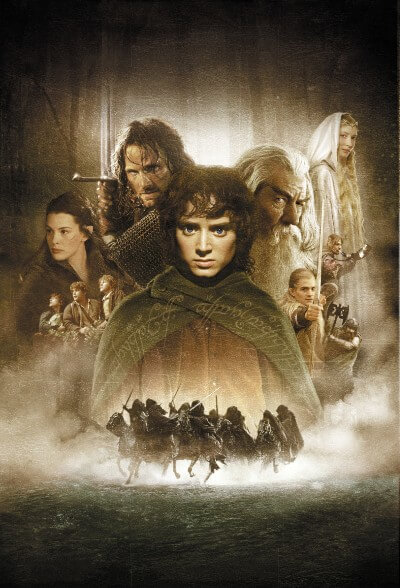
To categorize as Modern Romanticism, a story does not have to include every one of these elements, but it should consist of some of them. We’re looking for an “overall” feel.
- Influenced by Romanticism and Medieval Romanticism.
- It emphasizes feelings, passion/personal expression, individuality, dreams, or intuition. The story showcases authentic, powerful emotions. A good story makes you feel happiness, loneliness, hope, etc. Romanticism is all about feeling.
- It may include elements of inspiration and faith.
- Love of nature (L.M. Montgomery’s novels are lovely examples, as is Tolkien’s Lord of the Rings), beauty, travel, art, and the stars.
- Imaginative or shows the importance of imagination and creativity: elevates imagination above gritty realism.
- The glorification of the past/interest in the past/nostalgia/may include the idealization of rural life or the past (for example, idealized small-town stories or romanticized period dramas).
- Writing may be mystical or include elements of the Divine and Spirituality. It may include elements of inspiration or faith.
- A story of Modern Romanticism may include fantastical or supernatural elements.
- Realism is only acceptable when presented as Romantic Realism or Romantic Naturalism (as in a story with “real” or “natural” problems but told in an imaginative, elevated, romantic, or emotional way). For example, Jane Austen’s novels or the show This is Us.
- It explores the beauty of language. Think Gilmore Girls, Anne of Green Gables, a Nora Ephron rom-com, or The Hours. It may have elevated or poetic language and descriptions.
- A storyteller/filmmaker uses good storytelling techniques with an understanding of traditional storytelling and archetypes. The roots of storytelling influenced Romanticism, after all.
- The story may consist of archetypal elements of (or be influenced by) fairy tales, folklore, mythology, or oral storytelling.
- Humor (if used) uses wit, satire, or intelligent physical comedy rather than crudeness; it lacks vulgarity.
- It includes three-dimensional characters. Usually, there’s a thematic purpose behind why a character is the way they are. Think of the TV show Lost.
- It has elements of optimism and idealism, non-cynical in a storytelling approach. That doesn’t mean a story has to be positive. We believe there is a difference between positivity and optimism. Optimistic stories can be dark but focus on the light at the end of the tunnel instead of just pure darkness.
- Good often triumphs over evil in the end.
- Has elements of sublimity/the sublime.
- Stories that enchant you and take you away from reality.
- Embraces Happily Ever After (HEA) when appropriate to the story. It also embraces tragedy and good drama when told through a Romantic lens.
- It has something to say about the human condition. Read the classics. These books all have something to say, from Anne of Green Gables to Jane Eyre to Pride and Prejudice.
- A story will have some element of truth. If a story doesn’t resonate, what’s the point?
- When romance is used in a story, it is based on emotion and cerebral connections rather than lust.
- There may be elements of adventure and chivalry.
- May have a Byronic Hero or Romantic Hero in the story.
- It embraces equality – and sees every individual as having worth. From diverse storytelling to stories from around the world because every culture has stories worth sharing.
COMMON GENRES FOUND IN MODERN ROMANTICISM
- Adventure/Superhero/Disaster
- Austenesque
- Book Club Books
- Classics
- Comedy of Errors/Satire
- Coming of Age/Bildungsroman
- Cozy Mystery
- Dystopian
- Fairy Tales, Folklore, Mythology
- Fantasy (and many subgenres like Gaslamp, Contemporary Fantasy, High Fantasy, Romantic Fantasy, Urban, etc.)
- Gothic/Gothic Romance/Gothic Horror
- Historical Fiction
- Horror
- Inspirational
- Melodramas
- Musicals
- Paranormal/Supernatural
- Poetry
- Romance (Historical, Paranormal, Rom-Com, Mystery, Romantic Suspense, Clean/Closed Door, Romantic Drama, etc.)
- Romantic Period Dramas/Romanticized Period Dramas
- Science Fiction
- Small-Town Dramas and Fiction
- Women’s Fiction
What Modern Romanticism (Silver Petticoat Style) Isn’t:
- A story that doesn’t include Romanticism elements
- While it may be a fantastic story, the genre just doesn’t fit. A few genres that don’t fit into Modern Romanticism: Gritty crime novels, mafia stories, true crime documentaries, Contemporary Realism, Gritty Realism, etc.)
- Seedy. Vulgar. Misogynistic.
- It is a story with an antagonistic attitude toward romance, stories with hope, etc.
- Overly cynical (not that a character can’t be a cynic, but there must be a purpose to the cynicism other than simply being a cynical storyteller).
- It is a story lacking human connection and truth.
- Unemotional or Inauthentic
- It paints people as stereotypes rather than as human beings and lacks empathy.
- Purposely titillates the audience with exploitative content.
- The story focuses on pushing boundaries and the shock factor rather than on good storytelling. It subverts genres thoughtlessly (there are exceptions, of course, where this works – but it has become overdone and is often just an attempt to undermine good storytelling solely for the sake of being original).
We should note concerning subverting genres that we’re okay with breaking the rules and being original. Romanticism is all about innovative creativity, after all. We also embrace genre mash-ups.
What we’re not fans of is when writers purposefully try to undo archetypal truths cynically—for example, taking the Beauty and the Beast fairy tale and adapting it into a story where they don’t end up together. In that way, they undo the whole meaning of the tale (IE, transformation). And who wants to watch or read that?
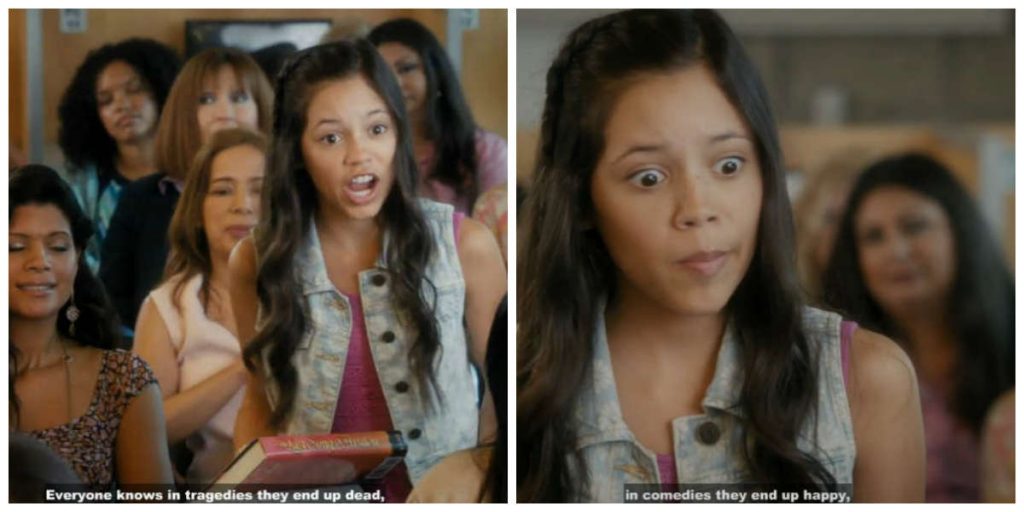
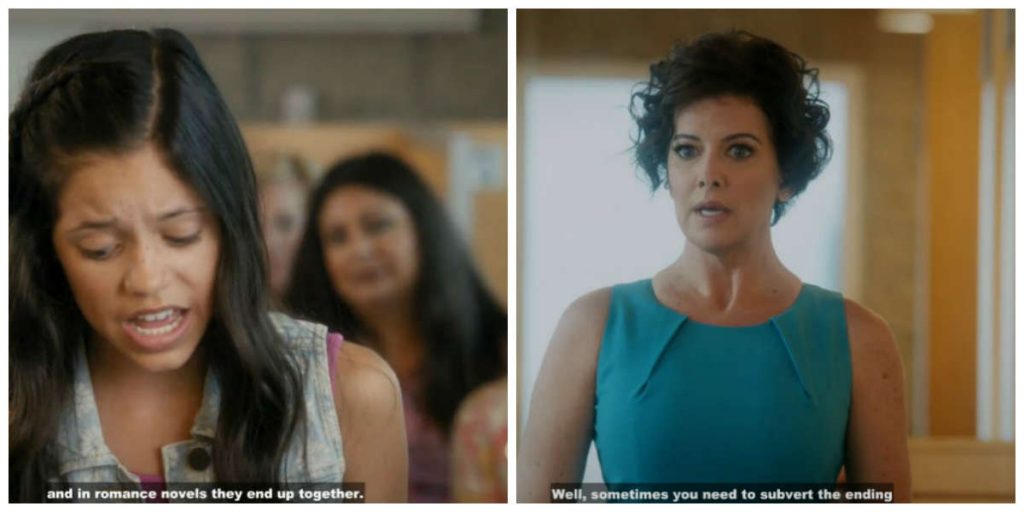
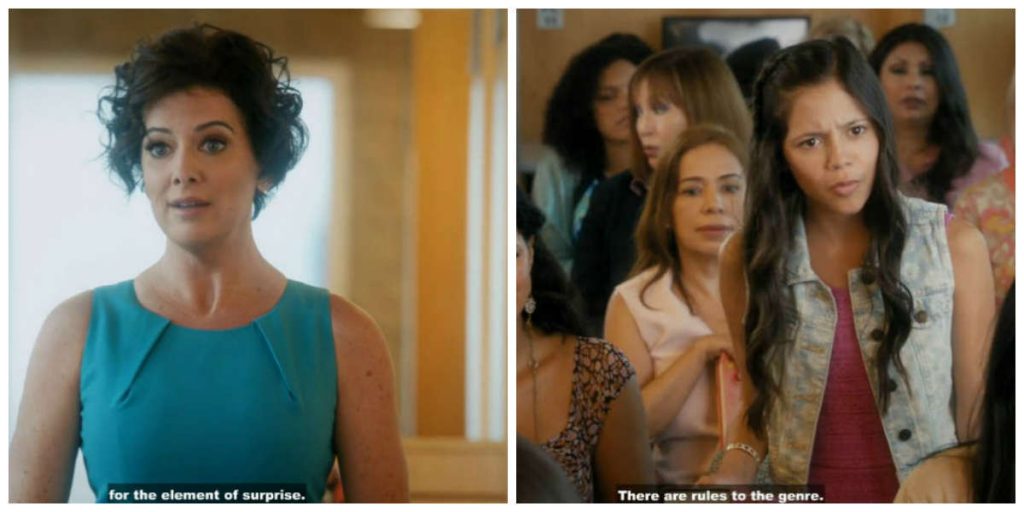
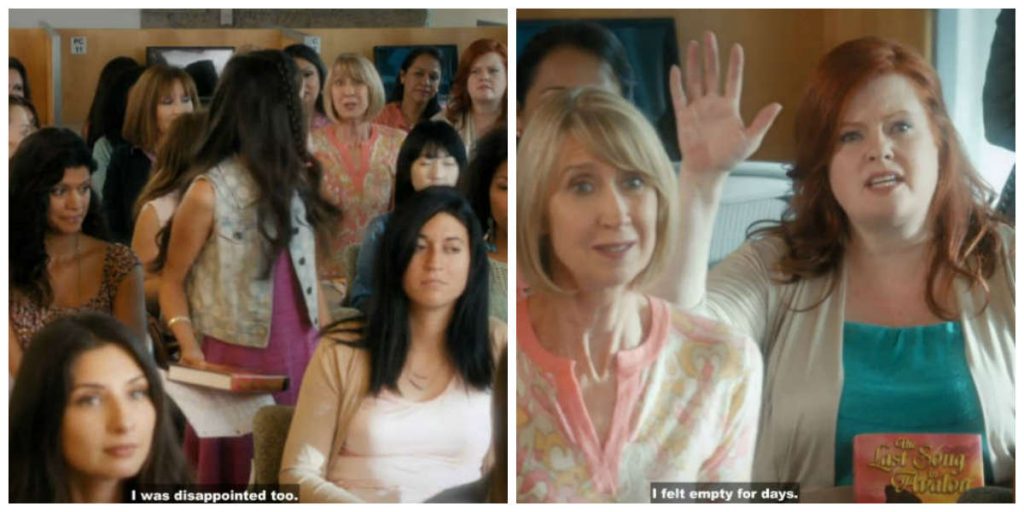
And then, when it comes to genres, while mash-ups and originality are fantastic, there are specific genres where certain types of endings are expected. If you’re doing a romantic comedy, the two characters should “most of the time” end up with a HEA.
Storytellers should know what type of story they’re telling. Not all romances have happily ever after, which is fine, but storytellers should know their genre or genres. So, while we’re okay with rule-breaking, we feel storytellers should do it carefully. And not in a way meant to subvert genres a storyteller dislikes or doesn’t understand.
Additional Thoughts On Modern Romanticism
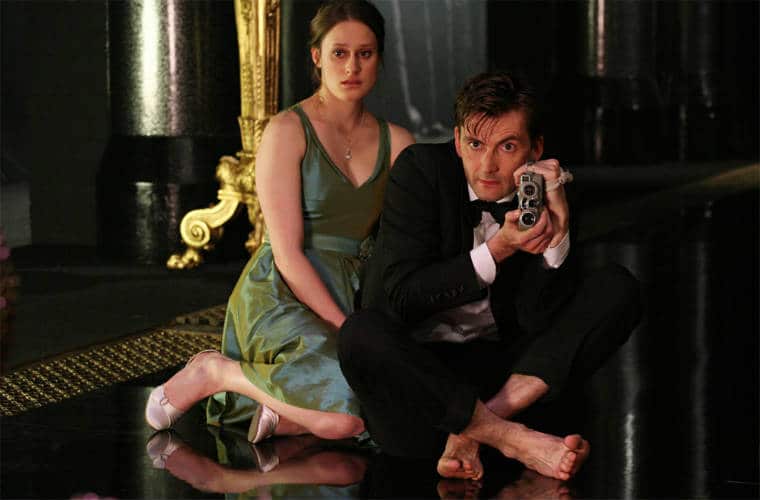
Modern Romanticism (Silver Petticoat style) should have an optimistic, perhaps even a “light” quality. Even in the saddest, loneliest stories with darkness, there should still be characteristics of hope or a message about the characters’ choices. Bringing out powerful emotions is essential.
With a good tragedy, there’s a purpose behind it. The story raises important questions about humanity and has significant artistic merit. However, it should not include excessive and exploitative content without purpose.
Modern Romanticism (Silver Petticoat style) is about emotion, imagination, adventure, and hope. When we finish a book, a film, or a show, we want to walk away feeling uplifted, moved, or inspired in some way. Not leave feeling heavy and grim.
We believe in humanity’s goodness and seek enchanting and lovely stories!
Dark Romanticism
However, this does not mean we don’t embrace “dark” stories. Gothic fiction, for example, is heavily influenced by Romanticism and is often quite dark. This is popularly called “Dark Romanticism,” which we love and embrace. Consider Edgar Allan Poe’s stories as an example.
Modern Romanticism (Silver Petticoat style) focuses more on “how” a story is told. Some of the most emotionally moving tales have dark, violent themes – though always with a clear thematic purpose – and that makes all the difference.
When it comes to characters, Modern Romanticism embraces all kinds (including dark characters) with numerous backgrounds and beliefs. But we should be clear that the best examples of Modern Romanticism don’t promote racism, bigotry, abuse, etc. When these types of issues are presented, they are ideally shown as a flaw within the characters they must overcome.
There’s a difference between good storytelling with flawed characters and propaganda.
However, we believe in the transcendental power of stories and embrace elements of transformation and redemption. We are also aware of cultural differences and take that into account.
The Importance of Imagination
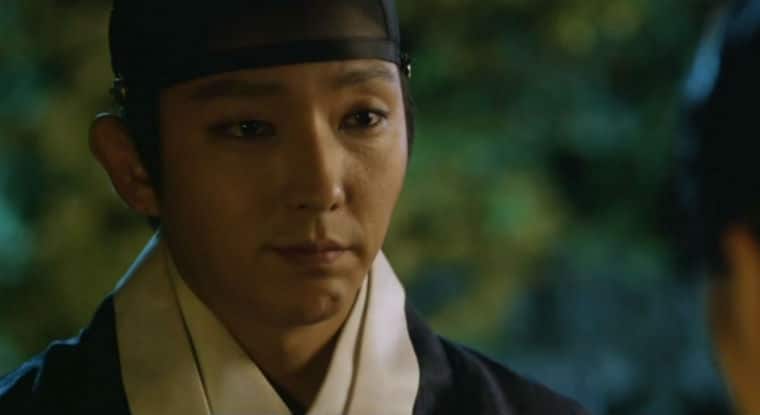
“Imagination cannot change reality, but it can change people, and those people can change the world.”
Scholar Who Walks the Night
Fairy tales, happily-ever-after endings, and stories infused with hope, imagination, and optimism are sometimes ridiculed in today’s critical, cynical world. As a society, we often celebrate gruesome and exploitative content, stories so dark with no resolution, unlikable characters, lack of emotion, etc., as if the deeper we sink into the seedy parts of life and society, the more “artistic” it is.
However, many people (like us) long for old-fashioned romance and Modern Romanticism stories to be more prevalent in our entertainment. And here at The Silver Petticoat Review, we embrace them, talk about them, and promote them.
On a happy note, many fantastic stories are out there, just ready to be watched or read.
Even if “unrealistic,” a great story can change us, inspire us, and make a difference. So, we celebrate the power of imagination and creativity – which you can find in Modern Romanticism.
A FEW EXAMPLES OF MODERN ROMANTICISM IN FILM, LITERATURE, & TV
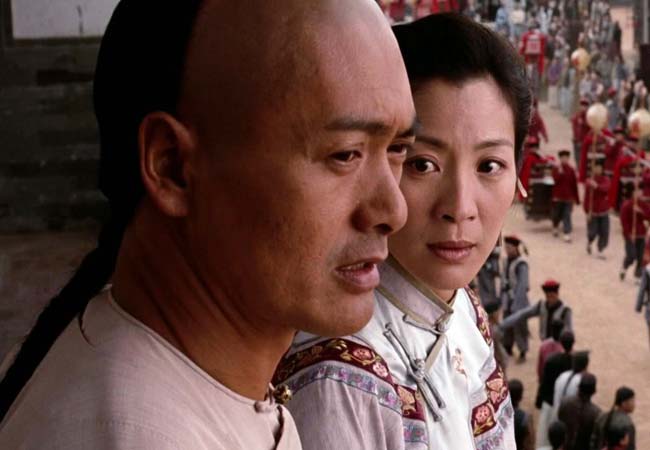
- A Discovery of Witches by Deborah Harkness
- Harry Potter books by J.K. Rowling
- Possession by A.S. Byatt
- The Book Thief by Markus Zusak
- Twilight by Stephenie Meyer
- Around the World in 80 Days (2021)
- Crouching Tiger, Hidden Dragon
- Dare to Be Wild
- Doctor Who/Sarah Jane Adventures
- Downton Abbey
- Edward Scissorhands
- Ever After
- Finding Neverland
- Good Omens
- Gilmore Girls
- Interstellar
- Jane Eyre adaptations
- Lark Rise to Candleford
- Life is Beautiful
- Lord of the Rings Trilogy
- Lost
- Meet Joe Black
- Merlin – TV series
- Monarch of the Glen
- Poldark
- Pride and Prejudice adaptations
- Road to Avonlea/Anne of Green Gables
- Sanctuary
- Scarlet Heart: Ryeo
- Star Trek Shows
- Star Wars
- Stardust
- Stranger Things
- The Chosen
- Chronicles of Narnia
- The Hours
- The Indian Doctor
- Originals
- The Scholar Who Walks the Night
- The X- Files
- This is Us
- Wild Mountain Thyme
- Wuthering Heights adaptations
This list is by no means comprehensive; just a few examples!
For more about what we cover on our site, see our ABOUT, ROMANTIC LIVING 101, and our OLD-FASHIONED ROMANCE 101! If you have any other questions about Modern Romanticism, please don’t hesitate to send us a message!
